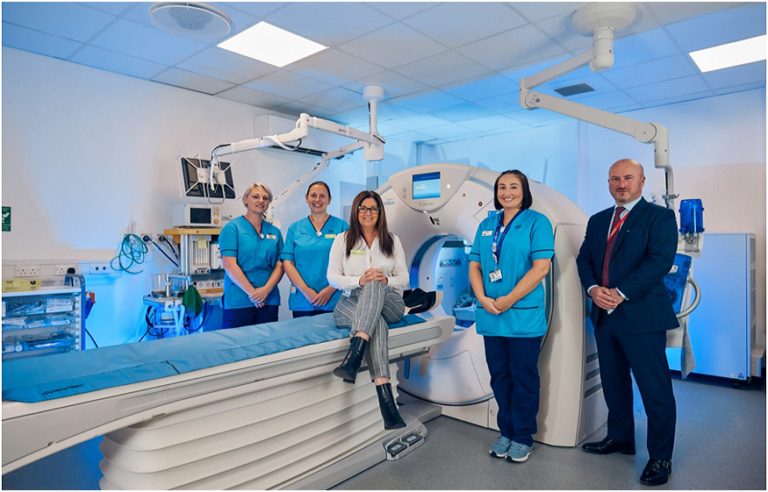
Testosterone replacement therapy is one of the most common kinds of treatment for boosting testosterone levels. Many myths and misconceptions regarding this treatment may surface when you research it online, making you unsure whether to have it.
You must update your expertise by obtaining information solely from reliable sources. We have dispelled popular myths about Testosterone Therapy for Men in this post to assist you in comprehending its effects. Let’s explore them.
Anyone can have testosterone replacement therapy
If a person is unable to produce enough testosterone for any reason, they may benefit from testosterone replacement therapy. It is administered to both sexes, seeking to increase their energy and testosterone levels.
All patients are not eligible for this treatment, though. TRT cannot be administered to men who have prostate cancer since it may worsen their illness. This is the reason a prostate screening is required before the administration of your first dosage of testosterone.
Testosterone therapy is illegal
The use of testosterone therapy in professional sports is a contentious topic that has given rise to the misconception that it is illegal. Don’t worry, even though athletes who require therapy for medical reasons must overcome significant obstacles to maintain their eligibility to compete and receive the care they require, several medical issues, particularly those related to aging, can be effectively treated with testosterone therapy, which is neither illegal nor banned.
Testosterone therapy can cause prostate cancer
The effect of testosterone therapy on prostate health is a topic of great debate. It is crucial to seek the advice of a licensed physician with experience in hormone replacement therapy, just like with any other treatment or therapy. They will review your medical history and carefully determine whether you need the treatment. Although there isn’t enough proof to draw a conclusive connection between testosterone medication and the onset of prostate cancer, people who have already experienced prostate disease are often not administered testosterone therapy.
Testosterone therapy is a free-risk treatment option
TRT undoubtedly has several benefits. Before beginning the treatment, you should know the potential negative effects. Each patient will experience side effects differently, both in terms of quantity and intensity.
Some of the TRT adverse effects include:
- Skin breakouts
- Sleep apnea
- Lower sperm count
To fully understand and weigh the benefits and risks of the treatment, you should have a lengthy discussion about the side effects with your doctor.
Patients do not need follow-up sessions
You should follow up with your doctor for a few months (ideally six months or longer) after receiving your first dosage of testosterone to see whether or not your testosterone concentration is normal. The doctor will modify your next dose if it is more or less than what you require.
To confirm that your prostate is healthy and has not developed prostate cancer, your doctor will also examine it. He will ask you whether you are experiencing any adverse effects; if so, they will provide a treatment plan appropriate for your condition.
Final thoughts
TRT is a powerful procedure in the medical field intended to assist men who genuinely need it. As with any treatment, it’s critical to have knowledge and base judgments on facts rather than myths. And if you have any questions or are thinking about it, always speak with a healthcare professional.




